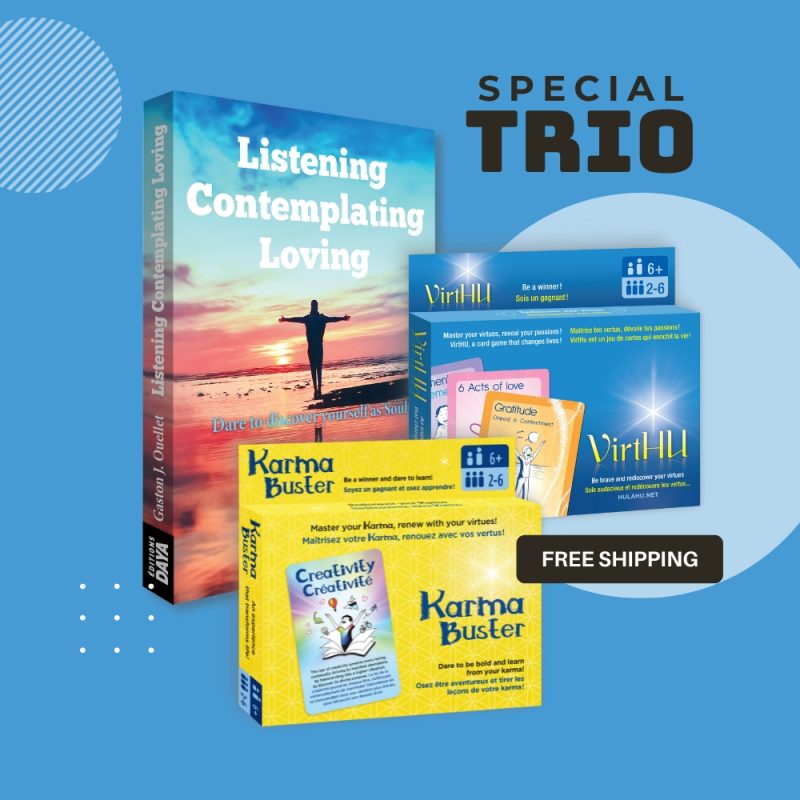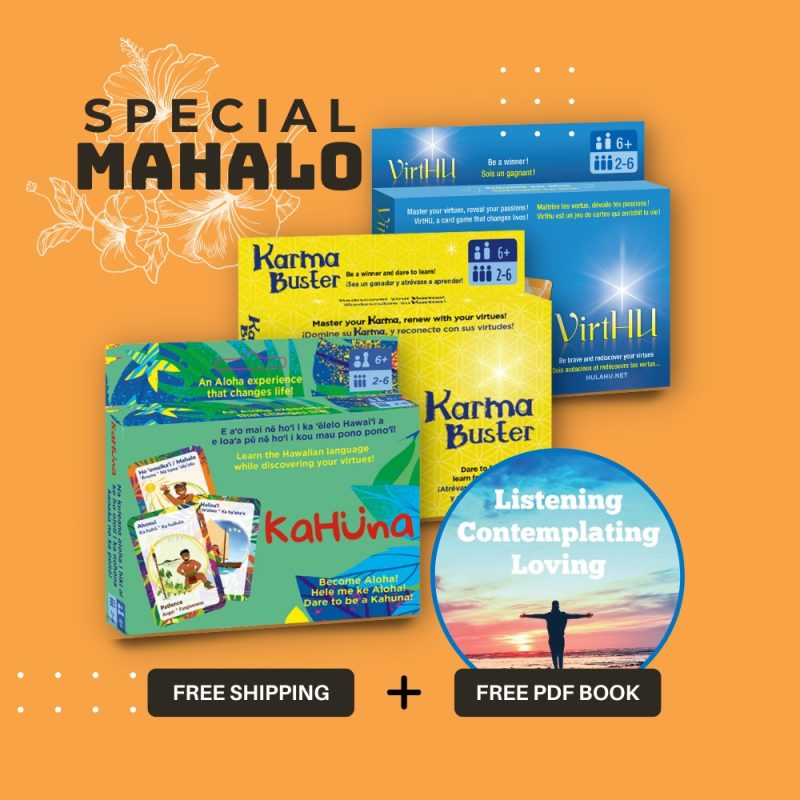Attachment disorders
What if attachment stems from our own emotional insecurity?
From attachment to dependence: depends on the quality of relations
Unbalanced relations create conditions that prevent us from growing. A possible cause: Abusing one’s power and wanting to control others.
Attachment is most often a manifestation of a lack of confidence in oneself and in the other person, resulting in disproportionate fears with often unsuccessful attempts to confine the object of one’s love.
An attachment to objects also translates into a lack of faith in the future, a fear of missing out, a feeling projected onto an object.
An effective solution would be an attitude of “letting go”, which allows us, among other things, to be grateful and thank God for what we have.
Finally, attachment to one’s own ideas, to food, to security, to a drug of any kind, requires a good discipline of life in order to get rid of its hold on us.
The 3 types of attachment in children

Difficulty in sharing
When a child says ”This is MY toy”, the message is clear: ”Reserved, do not touch”! It’s up to us to teach them the joy of sharing, the feeling of well-being when we make the other person happy by lending them a toy that we care about.

Separation anxiety
Let’s explain to our children that physical separation is not a break in the bond of love. It is very important to spend quality time with our children, demonstrating that we consider them a priority in order to strengthen this bond of love.

Attachment to one's ideas
This comes from the fact that we are unable to consider others’ points of view. All ideas are good. This is why we encourage children to communicate. So let’s teach our children not to reject other people’s ideas, with as much respect as possible.
Discover the virtues in opposition to attachment
The importance of discipline in our lives
How to facilitate detachment?
Use our games to help children understand attachment
A great gift for our children would be if, from an early age, they were able to develop a vocabulary related to Detachment and its counterpart, Attachment. The Detachment card text is a good guide for thinking about this topic and incorporating it through play.
For example, you can separate the passion cards from the other cards in the VirtHU, Karma Buster or Kahuna games and set them aside. At the beginning of the week, you draw a “passion” card that you place on the fridge and, throughout the week, the family members pay particular attention to how they live this passion on a daily basis. Then you plan a nice family sharing followed by a wonderful card game. A good habit to consider for the improvement of family relationships. Hence our slogan “Enhancing life, one game at a time!”
Playing HulaHU card games is all about understanding the sources of our sensitivities, getting to know ourselves better and developing our faith in life. And much more, all at once, one game at a time.
Testimony about attachment
Q: Gaston, what have you learned through attachment?
A: At the age of 6 I had to leave the orphanage to live in a foster home. When I arrived, I was overwhelmed because my previous family of 400 brothers would be behind me. I had formed bonds of affection with over a hundred boys of all ages. And now I had to make do with only 6 children. It must be said that in my youth, I had to go through many lessons regarding attachment. Over the years, this has allowed me to learn a lot about myself and especially to overcome my fears.
Teaching our children not to be afraid is to show them that it is important to accept what is possible for them to do, and to have confidence in themselves and in life. My faith has always been a good guide for me and this new family wanted to take care of me, as best as they could. As a child we have to learn how to create a bond, which has to be balanced enough not to create dependency. So we attach ourselves to various things to feel in control of our lives, via our toys, our spaces, our relations, our cell phones, etc.
So, at the age of 6, it was very difficult to free myself from all these attachments. This allowed me to evolve in what life had in store for my best interest. Giving in to this Divine will, recognizing and accepting this change that was my first family environment, was a huge step towards a great future. Learning from this passion is the most difficult path, because its counterpart, detachment, is, in my opinion, the greatest virtue to master, if possible of course.
Attachment allows us to create bonds and to have enriching experiences, while being aware that one day we will have to let go of these bonds in order to accept what life has to offer us… What children are looking for is happiness, to grow, to become adults, so showing them how to let go of things or people, and demonstrating this letting go, will help them get rid of their fears, which is a guarantee of balanced life.
Attachment is in fact a passion that allows us to recognize that our inner balance is not working in our favor, for fear of not being in control.
It is even more important to take care of our children’s inner balance by teaching them to master this passion, without forgetting that we are their role models”









